What Commission Fees Are Levied By Food Delivery Apps Like Zomato and Swiggy?
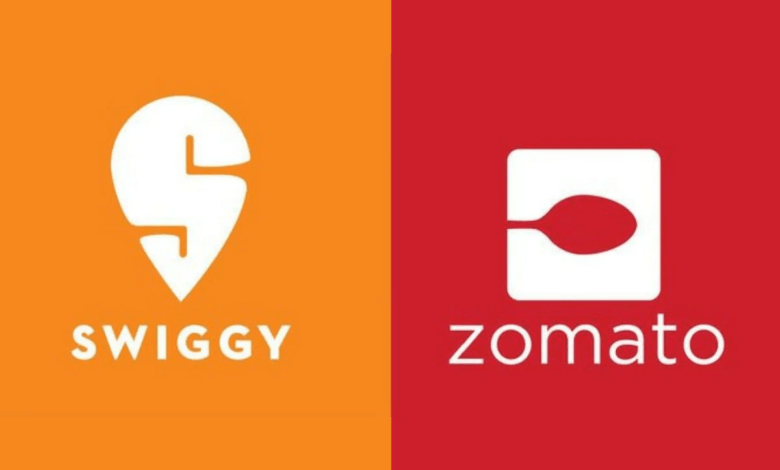
What Commission Fees Are Levied by Food Delivery Apps Like Zomato and Swiggy?
The food delivery app Zomato recently came under fire after one of its customers posted on social media about the higher prices of restaurant cuisine on the platform.
A photograph of a Zomato order bill and an offline bill for the same meal from the same Mumbai eatery, The Momo Factory, was shared on LinkedIn by Rahul Kabra. The two invoices’ respective amounts were clearly different. “I am performing an apple to apple comparison to online vs. offline order,” his caption stated.
Here’s what I observed: INR 512 is the cost for an offline order. Zomato order costs INR 690. (after applying a discount of INR 75). Cost inflation per order at INR 178 is 34.76 per cent, or (690-512)/512.
Adding fuel to his fire, Kabra continued, “Should Zomato charge such a hefty amount if it increases the food service provider’s visibility and order volume? To make this a win-win situation for all parties involved, I believe that the government should impose a cap on this cost rise.”
In a short period of time, Rahul’s LinkedIn feed went popular and elicited a range of responses from people. Some people have backed up his claim that food delivery services unfairly take advantage of their consumers’ time restrictions.
Rahul Kabra has categorically been requested to compare the hypothetical time and financial costs if he went and picked up these things himself.
His feed garnered attention, which prompted Zomato to reply. “Hello Rahul, Zomato does not have any control over the rates set by the restaurant partners on our platform since it acts as an intermediary platform between a customer and a restaurant. Having said that, we have informed our restaurant partner of your feedback and asked them to look into this.”
It is still true that ordering food through delivery apps is more expensive than ordering the same thing directly from a restaurant. Let’s examine the pricing structures of meal delivery services like Zomato and Swiggy, as well as their effects on dining establishments.
Zomato
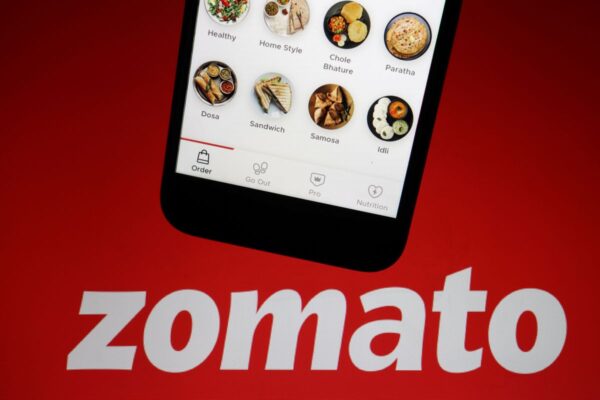
Zomato is one of the most complete and user-friendly apps where customers can look up nearby eateries, place online orders, and quickly have food delivered to their door. As it offers menus, reviews, and ratings, you can also find factual information about restaurants on this website. Users can use that information to place orders and enjoy delectable food at home.
Zomato Foundation: The Inspirational Success Story
Zomato was founded in 2008 by Deepinder Goyal and Pankaj Chaddah, two Delhi IIT grads. Foodiebay, the previous name of Zomato, was used until November 2010. They then saw their employees perusing the menus of various restaurants in order to place an order. They then had the brilliant idea to turn these manual menus into digital counterparts. The year is 2012.
Zomato started to compile a list of all the restaurants available after it had grown internationally. Zomato established a solid foothold in the industry before UrbanSpoon entered it, and it is now active in 22 countries, has more than one million eateries worldwide, and processes 1.25 million orders per day.
A dedicated group of food soldiers from Zomato also visit each restaurant to reassure them that their data is secure. Users are able to share their opinions and write stories about their dining experiences. Zomato takes this step to become more sociable.
People enjoy ordering food online for a variety of reasons, including Zomato’s user-friendly interface. More than a million users are spread throughout 22 nations, including Australia and New Zealand. Customers may now easily purchase food from Zomato on their mobile devices and have it delivered to their location.
How Does Zomato Generate Revenue? Consider Its Revenue Streams
Since its beginning, Zomato has grown its influence in the worldwide food sector. Zomato offers a variety of revenue streams, some of which are given below to help you better understand how Zomato generates significant profits through its business model and diversification.
Zomato Advertisements
Zomato offers restaurants an advertising policy so they can increase their revenue and customer base, making advertisements one of the company’s most reliable and important revenue sources. Through this route, it makes more than 70% of its revenue. In order to boost visibility, it enables restaurant owners to post their banners on their websites.
Zomato Subscription
Zomato uses cutting-edge techniques and software to forecast user behaviour, including what people will search for, what they won’t look for, which dishes will be popular, which foods will be in higher demand, etc. Zomato will need payment in exchange for this data from restaurant owners. They can enhance their offerings and satisfy customers based on that.
Food delivery services from Zomato
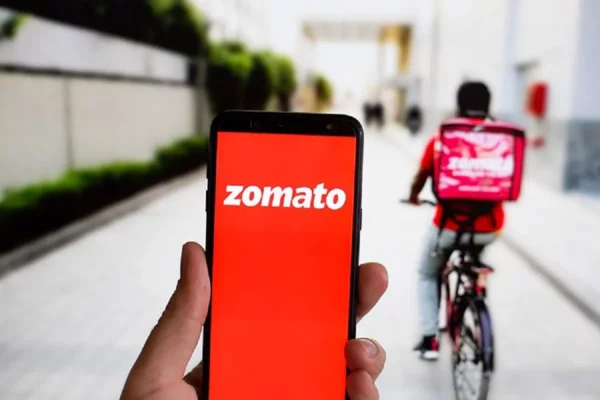
Zomato charges the particular restaurant a 20–25 per cent commission for each order placed. In various places, the commission rate may range from 5-7 per cent.
Zomato Event Management
Zomato organizes a variety of events, such as Christmas Eve and New Year’s Eve, in partnership with specific restaurants in order to increase sales. If someone wants to attend these events, they must purchase tickets.
Zomato Kitchens
Zomato provides a kitchen infrastructure service in which they deal with certain restaurant owners that wish to grow their company to more locations at a low cost. It implies that business owners can easily open a restaurant in the ideal location with little fixed running costs.
Wrapping It Up
Every other entrepreneur that is still new to the meal delivery sector can learn from Zomato’s success story. Zomato’s workflow and business approach are ideal for companies looking to seize the market in its infancy.
Every step of the process, from online ordering to payment to doorstep delivery, saves the user time and provides comfort. Our mobile app development services are meant to achieve the finest results for your business idea while incorporating all your criteria.
Swiggy
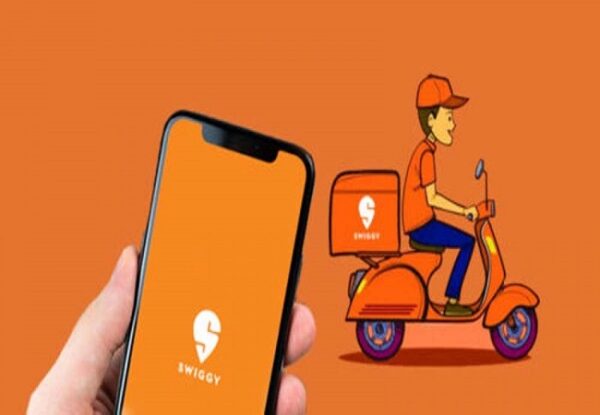
At its core, Swiggy is a platform for meal delivery, and users can access its offerings via websites, Android and iOS mobile devices. The CEO and co-founder of Swiggy are Sriharsha Majety. It collaborates with a wide range of eateries and offers simple access to a variety of culinary items from various cuisines. Additionally, it takes reviews and ratings from customers to assist others in making informed restaurant and food selection decisions.
The client has the right to provide feedback and review the food and delivery services as soon as the delivery is complete. These data are used by the business to enhance its offerings.
Swiggy initially began as a meal delivery service and has since experienced significant growth. When the business made the decision, to begin with routine product delivery under Swiggy Stores in March 2019, it had already established operations in 100 cities.
Additionally, Swiggy introduced Swiggy Go in September of that same year to make it easier for consumers to pick up and deliver food, paperwork, packages, and other products.
In August 2020, Swiggy finally debuted its same-day grocery delivery service under the moniker Instamart, where the business began establishing a network of shadowy retailers. Early in 2021, Swiggy Stores was shut down, after which the company’s growth continued with Instamart.
People between the ages of 18 and 35 who routinely use cell phones are the company’s target market.
Swiggy is a part of the food delivery sector, which is dominated by Indian food technology firms and cloud kitchens. There is no doubt that the food tech services have expanded quickly!
By the end of 2022, it is predicted that the online food delivery industry would generate $13.99 billion in sales. Additionally, it is predicted that revenue will increase at a rate of 11.92 per cent each year, reaching $21.95 billion by 2026.
A Quick Overview of Food Delivery Apps
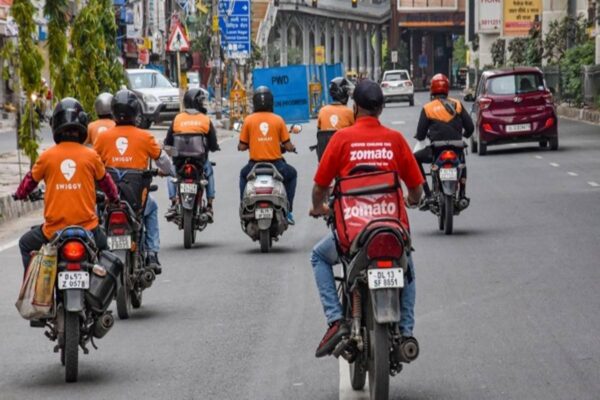
Apps for food delivery have existed for a little over ten years now. Their goal? To fill the gap between restaurants and clients who preferred to buy online rather than go to the restaurant directly.
A decade ago, the majority of eateries lacked their own delivery services. Food delivery apps not only addressed this void but also expanded the area that restaurants could serve and improved the speed, sophistication, an air of professionalism of delivery service.
Their primary benefits were:
- Enhanced consumer and business convenience.
- Customers find it simple to use because there is no ordering wait time.
- A variety of dining and food options.
- Choices for digital payments.
- Increased level of sanitization, as evidenced by the use of gloves and masks by delivery personnel.
- Simple access to new clients
- Improved customer data
- More people can access eateries.
- Particularly in the post-pandemic world, contactless delivery is preferred.
The delivery applications have changed throughout time in line with how the food industry has changed. Now, a number of delivery apps have a dedicated section with alternatives for healthy meals.
What Are the Fees for Food Delivery Apps?
Any restaurant’s menu prices include its own expenses as well as a portion of earnings. The fees associated with working with delivery apps are not covered.
The amount that the food delivery app can charge its partner restaurant is currently uncapped by Indian law. This ultimately means that food delivery apps can claim any commission as a legitimate business expense.
Currently, meal delivery apps in India charge somewhere between 25% and a 30% fee for each order that a restaurant receives, according to the varied data that is currently accessible and verbal confirmations from restaurateurs. Additionally, it assesses a percentage as a delivery cost to the final buyer.
The meal delivery apps are, of course, ultimately a business concept that must become lucrative in order to survive. Operating such a firm entails expenses.
- Managing and running an office.
- All employees’ salaries
- Cost of labour and staff time for ground delivery.
- Fuel prices
- Maintain a 24-hour customer service team at a cost.
- Ongoing fees for maintaining the applications, among other things.
The meal delivery app business model entails the restaurant paying a partnership fee in addition to the client paying a delivery fee. Additionally, paid listings and sponsored adverts are part of its income plan.
Effect of Fees from Food Delivery Apps on Restaurants
Due to the high commission rates charged by mobile apps, eateries are forced to raise the price of the food on their app menu in order to meet expenses.
Food apps can urge their partner restaurants to give outsized discounts, which strains their financial situation. Currently, small restaurant owners are feeling the brunt of this heat.
Before the COVID-19 Pandemic, the food delivery app industry was expanding swiftly. In the post-pandemic era, demand for it is increasing daily as more and more individuals choose to place their orders online rather than go to their preferred restaurants.
Operators of small food businesses that do not have their own delivery service have seen some level of interruption as a result. The primary concern for these companies is profitability, given the large costs that these delivery applications charge.
Future of Apps for Food Delivery
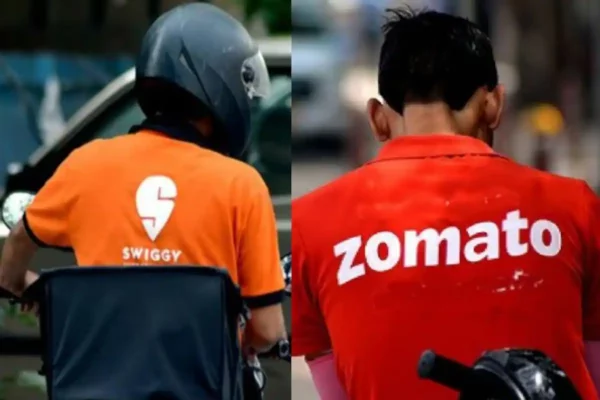
Like all other industries, the food sector relies on ease, quality, speed, efficiency, and affordability to influence consumer choices. The need for and advantages of a meal delivery app was recognized by restaurants even before the pandemic.
Since its start, the meal delivery industry has experienced exponential growth, which has been facilitated by the post-pandemic world.
By 2025, it is predicted that the Indian meal delivery market would have doubled, reaching a value of about US$13 billion. The main cause of this is that the Indian market is significantly less developed than markets in other nations, such as the USA.
Fast food delivery and online shopping converge globally in search of profitability.
Companies can better utilize their current customer base thanks to mergers.
Global leaders in food delivery are collaborating with businesses that offer rapid commerce (platforms that allow for 10-45 minute grocery and necessities deliveries). The potential to increase their portion of customers’ wallets and cut costs, according to experts, is what motivates them.
Deliveroo, a meal delivery business based in the UK, teamed up with Morrisons to introduce Deliveroo Hop, a fast-paced online shopping platform, in September 2021. Delivery Hero, a large German food delivery company, opened its first location in Turkey in 2019 and entered the fast-growing world of online shopping.
In India, the leader in food delivery, Zomato, bought the quick commerce company Blinkit earlier this year. Zomato’s fiercest rival, Swiggy, has also developed a quick commerce platform called Swiggy Instamart.
By merging both use cases on one platform, businesses would be able to boost platform sales. The outcome is similar to what happens when we enter a mall and make more purchases than we intended.
One tactic for raising the average order value is to do that. According to Sashi Somavarapu, vice president of engineering and country head for India at Deliveroo, that will provide you much more traction or revenue, which will ultimately lead to cheaper expenses for the same transaction.
“Food delivery cars are complimentary to peak-hour cars for a business that delivers groceries. For instance, delivery of food occurs between lunch and dinner hours, whereas delivery of groceries occurs in the morning and evening, a few hours before the delivery of food. This enables businesses that offer both food delivery and fast retail to make greater use of their delivery fleet and lower order costs, according to Agarwal.
Such convergence aids businesses in maximizing the use of their delivery fleets as well as maximizing their current customer bases to expand their total addressable market (TAM). It can also be beneficial in terms of customer stickiness because customers who make purchases more regularly will eventually turn out to be stickier.
Conclusion
Every narrative has two sides, as is customary. And this specific conundrum is not immune from it. Even if restaurant owners understand the value and necessity of food delivery business models, they may be pushed to consider alternative options if the current pressure and constraint of fees and commissions persist.
In addition, larger chain restaurants have the ability to set up their own delivery services, which could further strain the profitability of the current meal delivery companies.
It may be time to change the law to cap the commissions and fees that food delivery companies can bill their partners. This would not only stabilize the industry as a whole but also provide restaurateurs room to lower the price of their online menus while maintaining profitability.
The people of the nation are now so reliant and bonded to these competing internet platforms, despite the trends and controversies they have experienced along the way. It mostly serves young people who depend on technology for most services.
Due to their expanding social media presence, Swiggy and Zomato’s primary target market is also taken into consideration. This is true since the majority of the money these businesses make comes from sponsored advertisements placed on software or websites that use Google Adwords.
These businesses’ digital marketing strategies tend to follow current trends, which offers them an advantage in how their content initiatives are perceived. Even though these businesses offer the same kind of service, their respective ideologies are distinctly distinct from one another.
Zomato and Swiggy have been vying for market supremacy by offering customers endless discounts and offers and running never-ending marketing and PR initiatives.
edited and proofread by nikita sharma




